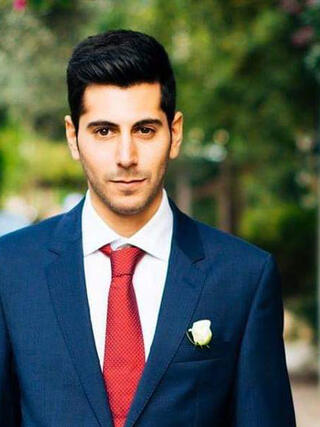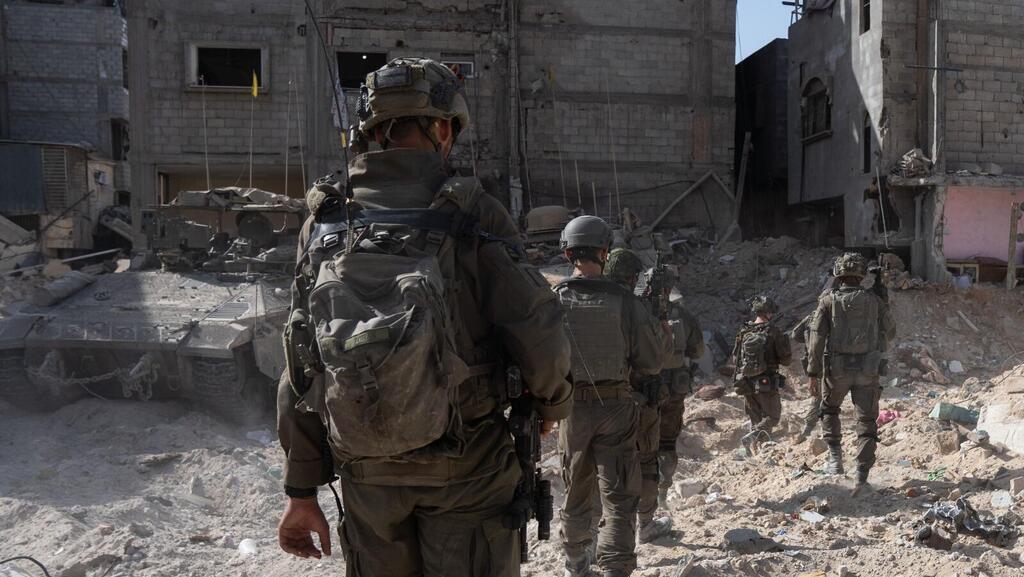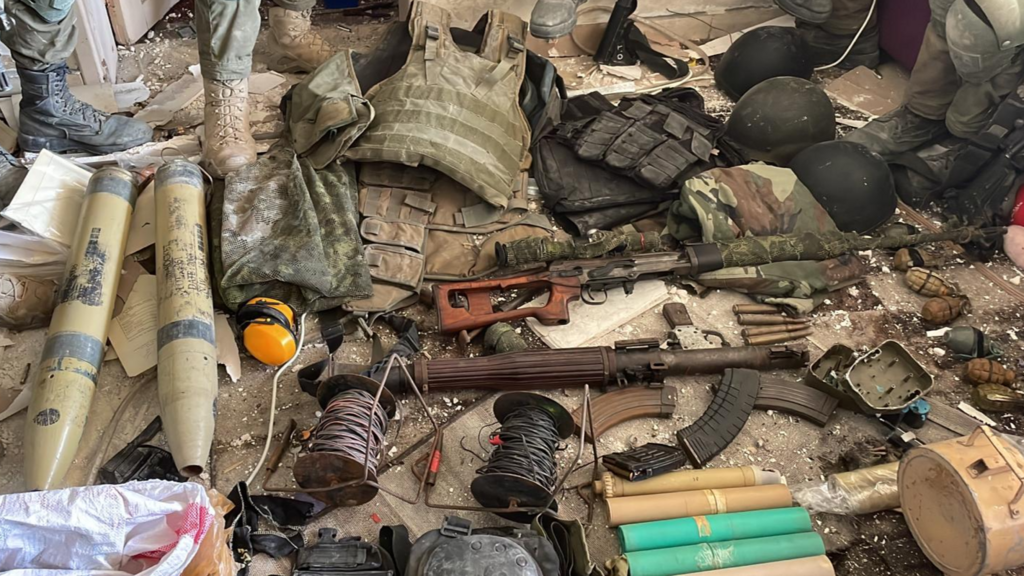The IDF's current military operation to eliminate the remaining terror cells in Shejaiya neighborhood in Gaza City is part of Phase III of the war. This phase involves raids by IDF forces into specific centers and compounds identified by Israeli intelligence for various reasons, including the presence of hostages, senior Hamas military and governmental officials, field terrorists, and remaining Hamas terror infrastructures that have yet to be addressed or have been reorganized after IDF forces went from the area.
The Shejaiya operation began after the IDF determined that Hamas had re-established itself there both militarily and governmentally. Additionally, the IDF appears to be planning an operation in Khan Yunis, as it recently called for residents there to evacuate.
A similar operation was completed previously in Jabalia, in northern Gaza, where Hamas had reorganized and turned civilian areas into combat zones while restoring terrorist infrastructure above and below ground. This operation lasted about three weeks, during which IDF forces eliminated hundreds of terrorists, destroyed numerous terror infrastructures and combat complexes, and located hundreds of weapons.
It is vital to note that the IDF has conducted operations in these locations multiple times since the war began, including during the extensive ground maneuver phase.
Reality repeatedly shows that Hamas forces return to these and other locations in the Gaza Strip after the IDF withdraws at the end of operations. In a raid, the army gains tactical control and inflicts casualties on the enemy before retreating, unlike an attack where the army conquers and holds the area.
The raid strategy has its advantages, such as deception operations. For instance, the IDF might withdraw from a location to lure back the terrorists, then launch a swift and decisive attack when the terrorists are unprepared. However, raids should be part of a comprehensive attack strategy, where the IDF has the capability to stay and hold strategic areas and focal points in Gaza.
Without a strategic shift, the IDF will continue to revisit and return to operate in the same places. During each raid, some Hamas terrorists escape or hide, only to return after the operation ends, recruit more members, and restore their organizational and infrastructural strength.
Only a military occupation and sustained control by the IDF, especially in Hamas strongholds like Jabalia and Shejaiya, can prevent Hamas from regrouping and lead to relative stability in the area.
Regarding aid entering Gaza, most of it is currently seized by Hamas members who take control of the goods. The solution is for the IDF to oversee aid distribution by establishing a temporary civilian administration, in cooperation with international organizations and regional countries, to ensure the welfare of the civilian population (without Israeli funding, but with Israeli leadership and management).
In any post-war scenario, it is clear that Israel cannot transfer civilian control of the territory to any party until the IDF has established control and militarily defeated Hamas.
The IDF must learn from the developments in northern Gaza to inform its actions in the south. It is crucial to maintain a continuous presence of IDF forces in the Rafah area, along with the Philadelphi Corridor. As the operation in Rafah began, many terrorists fled or hid in the city. So far, the IDF has eliminated only a few hundred terrorists out of an estimated 3,000-strong Hamas brigade. Therefore, it is likely that once the IDF announces the end of the operation and withdraws, most of the terrorists will re-emerge to assert Hamas's dominance both civilly and militarily.
 Dr. Omer Dostri
Dr. Omer DostriThe IDF has also yet to take decisive action in central Gaza. Even though Israel may soon declare the end of the "intense" phase of the war in Gaza, it is clear that the IDF still faces a significant amount of work. This work, expected to last at least two more years, involves continuing to cleanse Gaza of Hamas and other terrorist organizations, including locating and destroying tunnels, rescuing hostages, and eliminating Hamas leadership.
Therefore, the IDF must prepare for a prolonged stay in Gaza, which includes taking control over civilian mechanisms to prevent Hamas from regaining power or threatening civilians, as well as blocking the return of the Palestinian Authority to control Gaza. This should be done in cooperation with local leadership in Gaza, which should be organized into districts with separate local leaders for each region.
- Dr. Omer Dostri, a research specialist at the "Jerusalem Institute for Strategy and Security," the "Eytan Center" and the "Israel Defense and Security Forum"’s Research Department.



